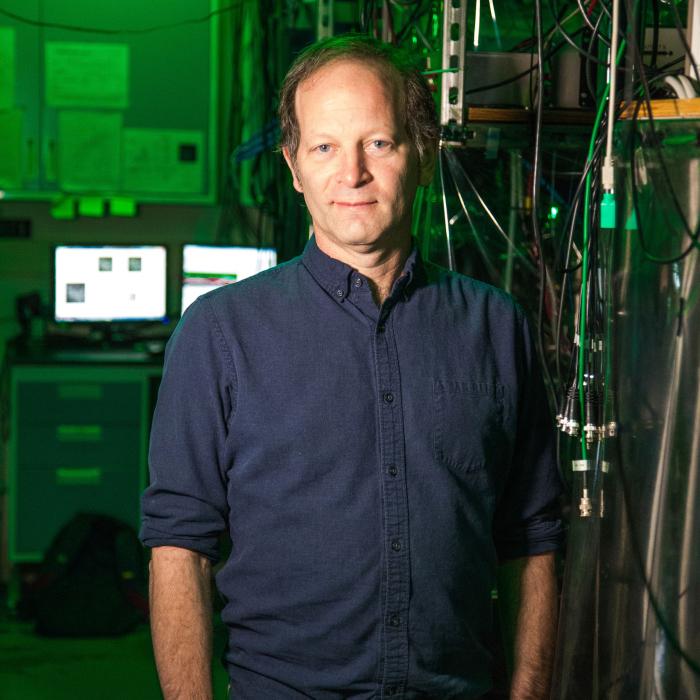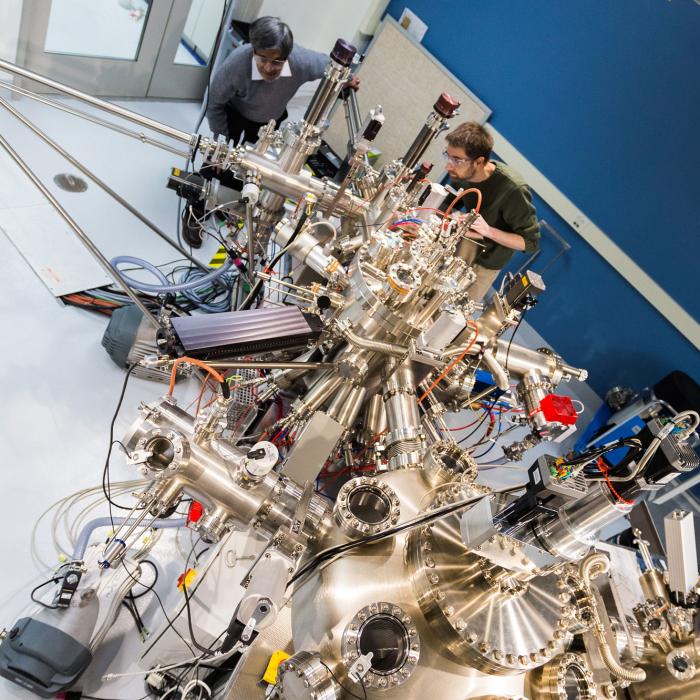Science Journal Winter 2018
Lab Bench to Bedside
Lab Bench to Bedside

The Science Underneath
Basic research underlying the quest to cure genetic disease

Different Journeys in Lives Dedicated to Medicine
Three notable physicians from different eras stand out as examples of academic and medical excellence, and all got their start at Penn State.
Adaptation-triggering technique could radically alter agriculture

In the ‘America of science,’ diversity yields inspiring opportunities for mathematicians

Ultra-cold atoms chilled and trapped with light enable unimaginable discoveries

Trying to create unbreakable encryption using ancient equations

New $18M facility catalyzes synthesis and novel study of 2D materials

Research Now

The Arisian Lens: A novel solution for low-cost lightweight microscopy
Intellectual Property: Research leading to practical benefits for society

Forensic scientists have a blast in Happy Valley
Training North African crime lab personnel in leading-edge crime scene investigation techniques.

The hunt for more planets to call home
Two new space-exploration instruments will hunt for nearby planets in regions around their star where liquid water may exist.


Faculty and Alumni Spotlight
A $40 solution to empower East African energy research

Graduate student selected to meet with Nobel Laureates

A laboratory for success: An undergrad reflects on research outside the classroom











